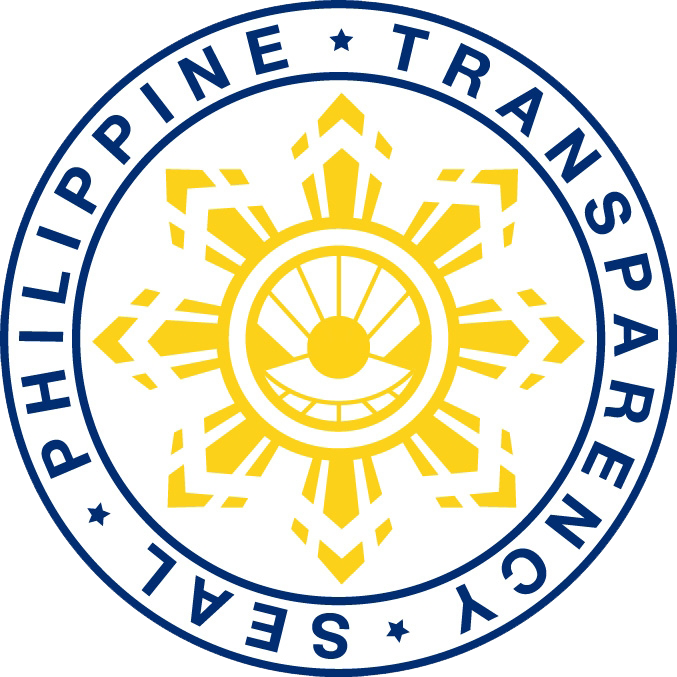MIMAROPA Region is composed of islands and islets stretching across the warm tropical seas south of Southern Luzon. In terms of land area, the region covers a total of 30,235.79 square kilometers and is divided into 5 provinces, 2 cities, 71 municipalities, and 1,460 barangays. Its northernmost tip is bounded by Batangas and Quezon provinces while the southernmost portion by Panay Island and west by South China Sea. It has a total land area of 2.74M hectares representing 9% of the country’s land area.
There are two things that best describe this region, a “food basket” of Southern Luzon and an “eco-tourism hub” of the country. If there is anything MIMAROPA can offer the Philippines and the world, is its culture – the oldest of its traditions, the most colorful of its festivals, the richest and most scenic of its natural attractions, and the warmest welcome from its people.
The Region is also endowed with pristine beaches and wondrous natural resources. To name a few, there is Puerto Galera, the pearl of Oriental Mindoro, which is internationally renowned for its white sand beaches and crystal-clear waters, as well as, its spectacular diving sites; Palawan being the home of the world-famous and awesome Puerto Princesa Underground River (PPUR), and the Apo Reef Marine National Park of Occidental Mindoro, the second largest reef in the world, populated by some 385 species of colorful marine life.
The region also boasts of a rich tapestry of major languages spoken across its provinces and diverse locales. Tagalog serves as the predominant language in the region, but its expression varies across different localities. In Marinduque, Tagalog is infused with elements of Bicolano and Visayan languages. In the interior areas of Mindoro, various languages come to life through the voices of the Mangyan people. Among these languages are Iraya, Alangan, Tawbuid, Hanunoo, Tadyawan, Buhid, and Ratagnon. Romblon, situated near the Visayas, has primary languages mainly Romblomanon, Sibuyanon, Asi, and Onhan, each with its own unique linguistic character. Meanwhile, Palawan boasts a rich dialectal tapestry of its own, featuring native languages like Cuyonon, Calamian Tagbanwa, Palawano, Malay, Molbog, and Tausug, all spoken by substantial numbers of its residents. Hiligaynon is also spoken in Palawan and Romblon. These languages contribute to the region’s cultural diversity and vibrant heritage.
As of the 2020 Census, the region’s population stood at 3,228,558 individuals, constituting 5.19% of the total population of Luzon and 2.96% of the entire Philippine population, with Palawan having the highest population in 2020.
This is MIMAROPA Region, with its mantra “In the race to excellence, MIMAROPA KNOWS NO FINISH LINE! Patuloy na magniningning saan man sa mundo!
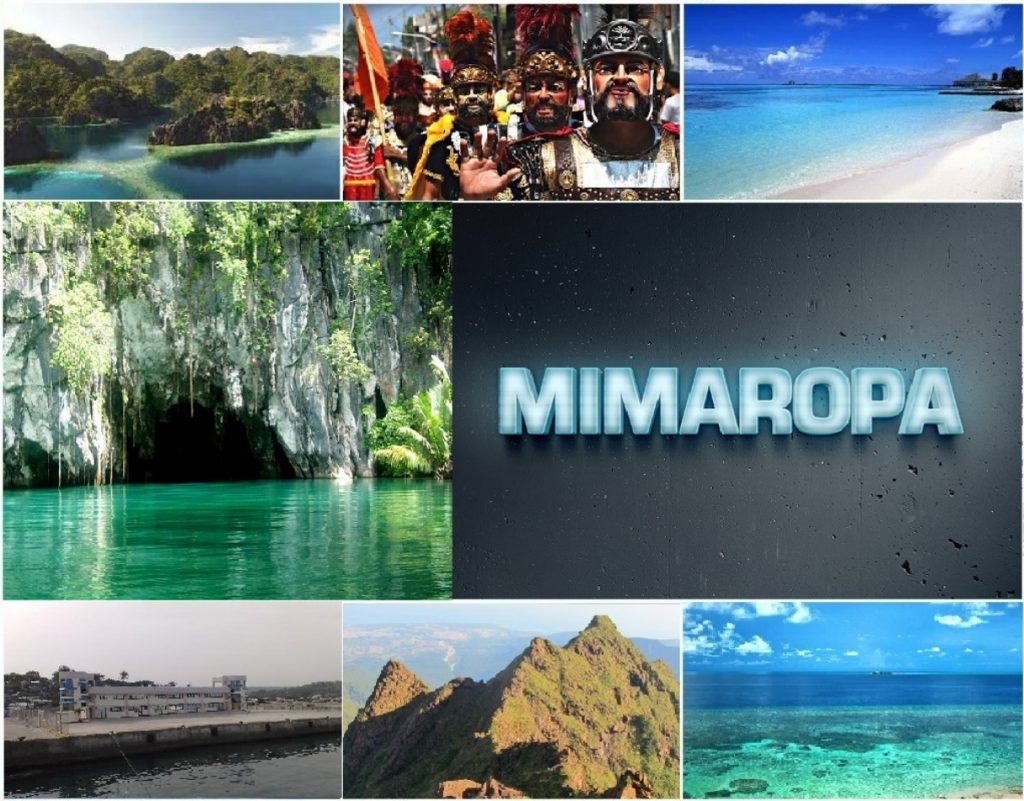
HISTORY
Region IV-MIMAROPA was created by virtue of Executive Order No. 103, which divided Region IV Southern Tagalog into Region IV-A and IV-B on May 17, 2002, and shall be known as DepEd Region IV-B MIMAROPA composed of Oriental Mindoro, Occidental Mindoro, Marinduque, Romblon, Palawan, and the two (2) cities, Calapan City and Puerto Princesa City. Its separation was finalized on February 17, 2003.
When Republic Act No. 10879 passed into law effective July 17, 2016, DepEd Region IV-B MIMAROPA was established to be formally known as MIMAROPA Region.
Through the years, DepEd MIMAROPA Region has welcomed and embraced transformational leaders who are outstanding educators in their own rights. Today, DepEd MIMAROPA Region is led by a visionary and compassionate leader in the person of Regional Director Dr. Nicolas T. Capulong, competently supported by her very able Assistant Regional Director Dr. Cherrylou D. Repia.
Currently, DepEd MIMAROPA Regional Office holds its ISO 9001:2015 Certification from TÜV NORD Philippines, Inc. after passing the external audit with flying colors that ensured conformity with the established Quality Management System (QMS) of the Department of Education.
Further, DepEd MIMAROPA Regional Office also holds the PRIME-HRM Bronze Award awarded by the Civil Service Commission last January 28, 2025. The PRIME-HRM (Program to Institutionalize Meritocracy and Excellence in Human Resources Management) Bronze Award officially recognized DepEd MIMAROPA Regional Office as part of the elite roster of CSC PRIME-HRM Bronze Awardees.
DepEd MIMAROPA Regional Office has successfully undergone the processes, including the validation and assessment, and had achieved its Maturity Level 2 in the HR systems of the PRIME-HRM namely Recruitment, Selection and Placement (RSP) and Performance Management (PM) on January 17, 2024, and its Maturity Level 2 for Learning and Development (L&D) and Rewards and Recognition (R&R) was awarded last January 19, 2023.
Currently, the Schools Division of Marinduque and Oriental Mindoro have already received respective PRIME-HRM Bronze Award, while the remaining five (5) SDOs are working committedly to complete theirs soon. In addition, the seven (7) schools divisions are also working on their ISO Certification.
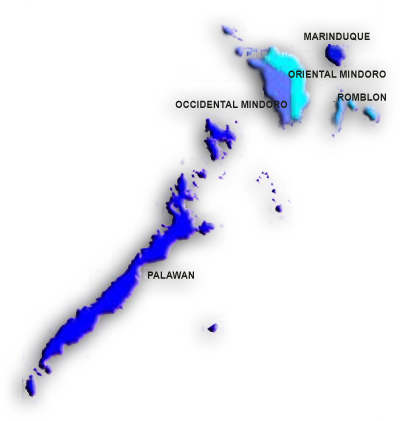

LEADERSHIP
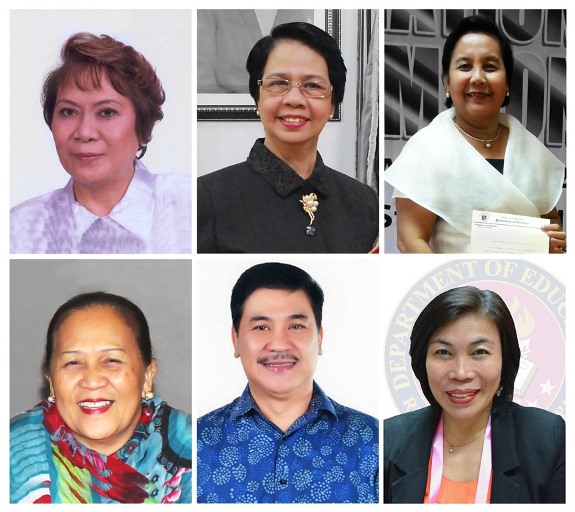
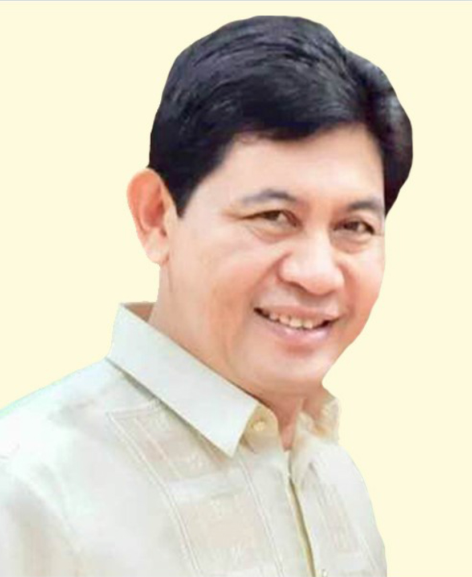
Through the years, DepEd MIMAROPA Region has welcomed and embraced transformational leaders who are outstanding educators in their own rights — Dr. Paraluman R. Giron, Dr. Luisa B. Yu, Dr. Sinforosa A. Guiñares, Dr. Caridad C. Labe, Dr. Gilbert T. Sadsad, Dr. Lorna Dig Dino and Dr. Benjamin D. Paragas.
Today, DepEd MIMAROPA Region is led by a visionary leader in the person of Regional Director Dr. Nicolas T. Capulong, competently supported by Asst. Regional Director Cherrylou D. Repia.
Providing access to our learners has always been a difficult challenge due to the geographic dispersion of our lands and waters, but this Region welcomed and defeated all trials, proving that nothing is impossible when you are committed to deliver honest public service. This makes MIMAROPA as one of the stellar regions in the country.

